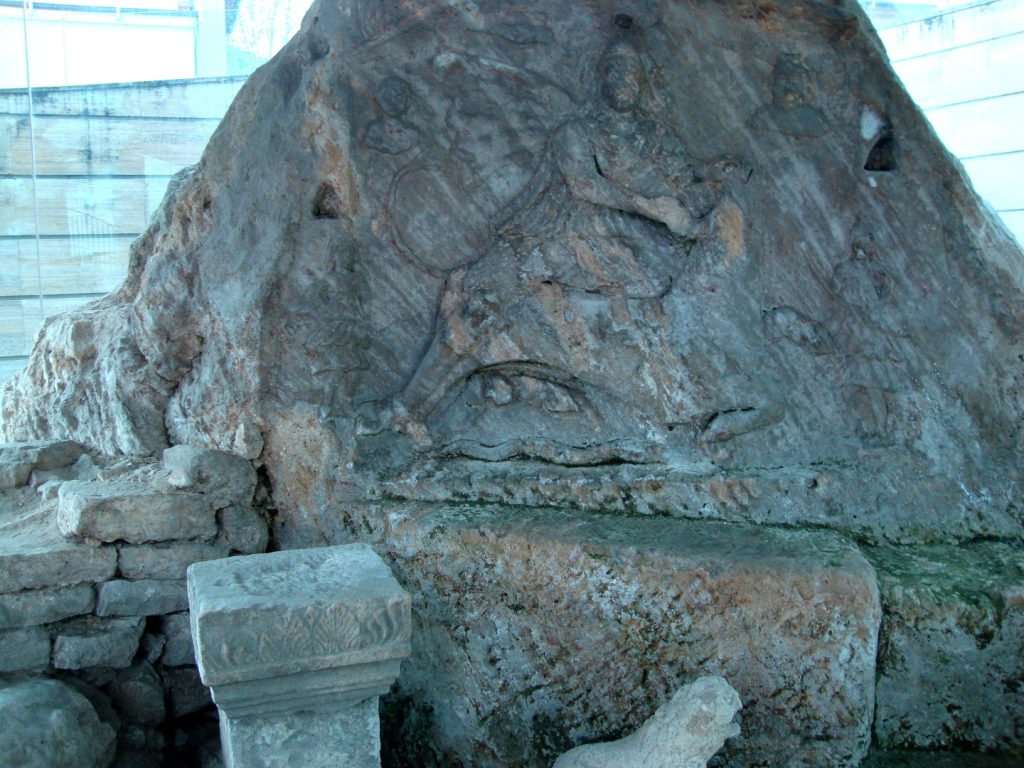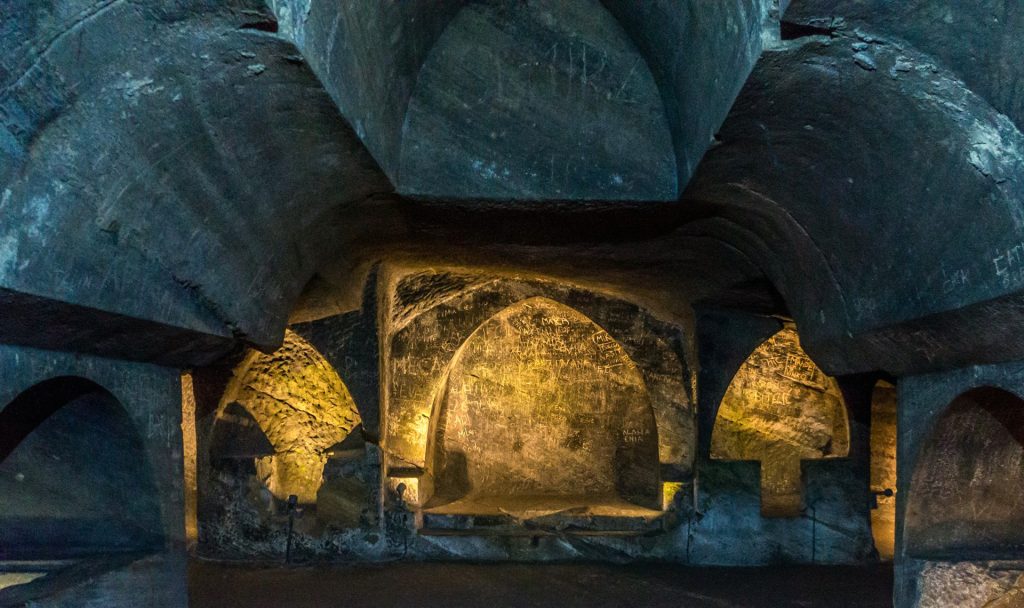Jajce is a testament to its vibrant past. Recognizing its charm, Time Out magazine named Jajce the second most beautiful place in Europe for 2024. Below, you can read more about the fascinating sites and monuments that make Jajce a must-visit destination.
THE WATERFALL
The waterfall in Jajce is according to a legend, one of the twelve most beautiful in the world, and the only one located in the very heart of a town.
The way it is created makes it unique – the River Pliva dives from a cliff into the River Vrbas at the point of their confluence, ending its flow in an original way.

THE CITADEL
This citadel used to be the biggest and the best fortified, so that the great conqueror, sultan Mehmed El-Fatih did not succeed in conquering it, not even after he had conquered the whole of Bosnia. It kept resisting the Ottoman army for 65 years.

The Mithraic Temple
The cult of Mithras, an Indo-Iranian divinity, was practiced by the Romans, thus the temple being artifact of ancient culture in Jajce. It was built by the Romans in the 4th c. CE, and discovered in 1931. On entering the temple the view opens to the relief representing the sacrifice of the sacred bull, a tauroctony.

The MUSEUM OF AVNOJ
The Museum of the Second Session of the National Liberation Army of Yugoslavia (short: AVNOJ) was the host for The Second Session of AVNOJ, which was held in Jajce on November 29th 1943 and had as its result the foundation of the Socialist Federal Republic of Yugoslavia.
The Jajce-born Yugoslavia was the socialist counterpart of the royal residence from the Middle Ages.
THE BEAR TOWER
The tower was built in the Romanesque style and that fact indicates that it is one of the earliest structures from the Bosnian Middle Ages. There are two theories about the origin of its name. One goes that it was named after the bear due to its bulkiness and thickness of walls which reaches 6 meters.
Another theory – a more popular one – goes that it was named so because it was the place where bears, fed on captives and convicts, were kept.
The Tower of St Luke
This is actually the bell-tower of the Gothic church of Holy Mary, although the whole church came to be called that name due to metonymy. It was built in the 15th c. and the characteristics of its structure refer to as much as three different styles: Romanesque, Gothic and Renaissance.
The building of the church is not dated exactly. It is assumed that it was erected at the site of an earlier Romanesque church at the beginning of the 15th c. The church was the place where the relics of St Luke the Evangelist were enshrined. The relics were brought to Jajce by the last Bosnian Queen, Mara Jelena, as her dowry.

THE CATACOMBS
They are a unique underground crypt, built by Hrvoje Vukčić Hrvatinić, the founder of Jajce, who intended it for himself and his family. If we suppress the initial shudder and enter the chill of the crypt, we will se the altar with the apse with a Gothic arch.
Based on an unfinished drawing of Hrvoje’s coat-of-arms found near the entrance, it was determined that the crypt was built in 1410.

pliva watermills
The Mlinčići are charming wooden water mills located on the Pliva Lakes near Jajce, Bosnia and Herzegovina, built during the Ottoman period. These historic mills, perched on small wooden stilts above rushing water, showcase traditional craftsmanship and remain a picturesque symbol of the region’s cultural heritage.

